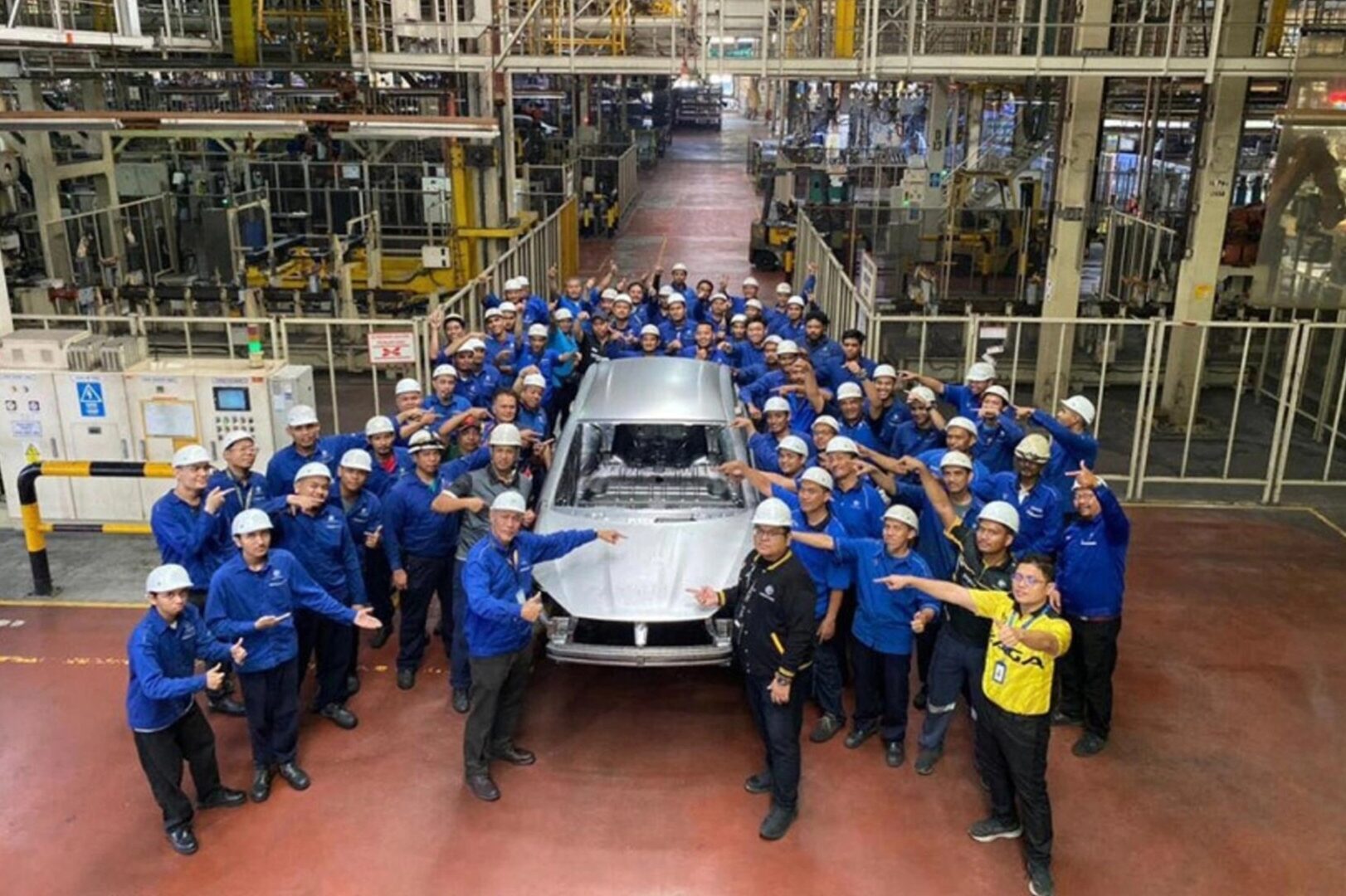
Formula 1 is one of the most expensive sports in the world, where every component is designed for maximum performance. Among the most important and costly parts is the engine, a piece of engineering that defines both speed and reliability.
Engine Lifespan in Formula 1

Modern F1 power units, the 1.6-liter V6 turbo hybrids, usually last around seven to eight races before requiring replacement. With a calendar of about 24 races, this means teams rely on roughly three to four engines for the entire season. Regulations by the FIA allow a maximum of four engines per driver each year, and exceeding that limit leads to grid penalties.
The Cost of Replacing an F1 Engine

Replacing an F1 engine is enormously expensive compared to other car components. While parts like front wings or fuel tanks already cost hundreds of thousands of dollars, a full F1 engine replacement can reach between US$11 million and US$16 million.
Why F1 Engines Wear Out Quickly
Despite improvements in reliability, F1 engines operate under extreme conditions. They rev up to 15,000 rpm, use ultra-light materials, and are built with incredibly tight tolerances. Pistons, for instance, fit so closely within their cylinders that they only move freely once the engine is warmed up. These designs prioritize performance and efficiency, but shorten the overall lifespan.
From Past to Present
In earlier eras, particularly during the 1980s and 1990s, engines often failed before even finishing a race. Today, lasting multiple Grands Prix on one unit is considered a remarkable achievement. Reliability has significantly improved, even if the costs have skyrocketed.
Looking Ahead
As technology continues to evolve, F1 engines are likely to become even more advanced, efficient, and costly. The balance between performance and durability will remain a central challenge for teams and engineers in the future.













